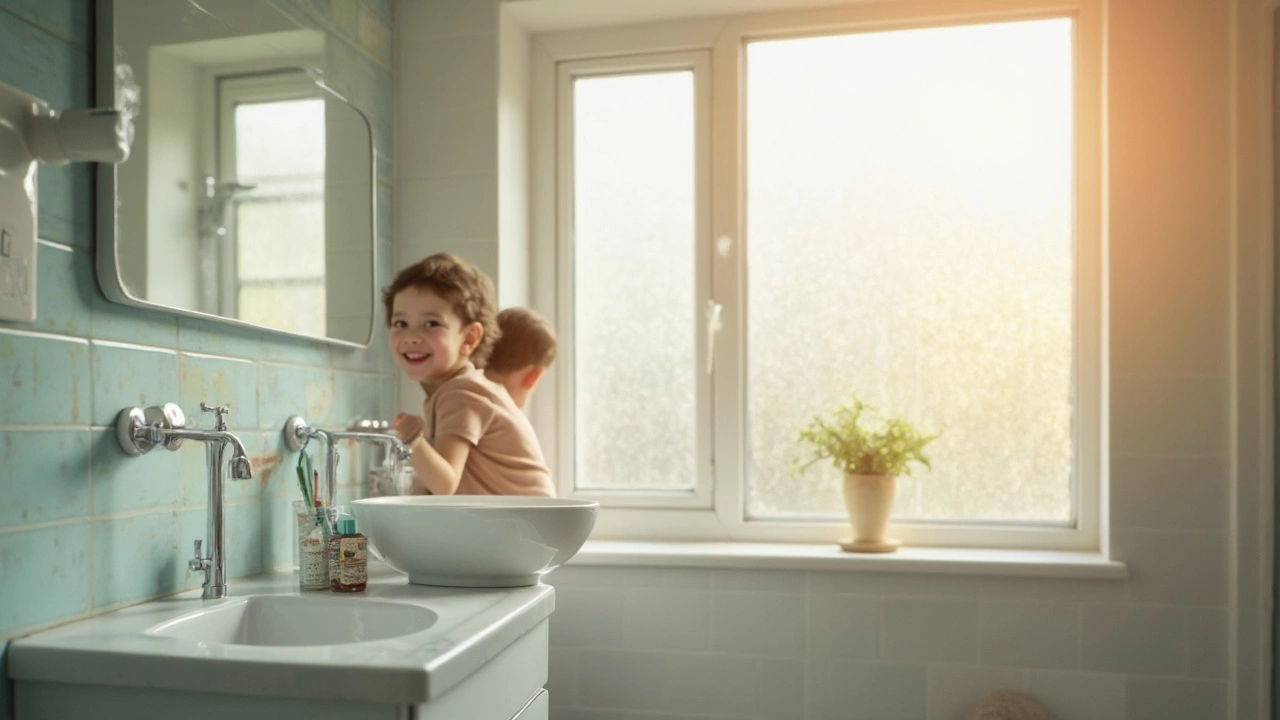Mirror Facts: What You Really Need to Know
Mirrors are everywhere – in bathrooms, gyms, cars, even phones. But most people only think about the reflection, not the story behind the glass. Below you’ll find the most useful mirror facts, from how much a good one costs to why some folks get uneasy looking at themselves.
How Much Should You Pay for a Good Mirror?
Mirror price varies by size, type, and finish. A basic bathroom mirror can be as cheap as £15, while a framed statement piece for a living room can reach £300 or more. The main cost drivers are:
- Glass thickness: Thicker glass (6‑8 mm) lasts longer and resists warping.
- Backing material: Silver‑backed mirrors bounce more light and look clearer; acrylic mirrors are lighter but scratch easier.
- Frame quality: Real wood or metal frames add durability and style but raise the price.
When you shop, measure the exact opening, think about mounting (wall‑mounted vs. freestanding), and compare a few retailers. A mid‑range mirror (around £80‑£120) usually offers decent glass and a simple frame – a sweet spot for most homes.
Why Some People Fear or Obsess Over Mirrors
Ever felt a shiver when you catch your reflection late at night? That’s called eisoptrophobia – a fancy word for mirror fear. It often stems from childhood stories, movies that use mirrors for horror, or a sudden spike in self‑awareness. The brain’s visual center lights up, and if you’re already anxious, the reflection can feel threatening.
On the flip side, mirror obsession shows up in habits like constant checking, especially in people with body‑dysmorphic disorder (BDD) or obsessive‑compulsive tendencies. Those folks might spend minutes adjusting hair, skin, or clothing in front of a mirror each day.
Both extremes share a common thread: mirrors amplify self‑focus. The trick to easing fear or obsession is to limit mirror time, use softer lighting, and practice grounding exercises when you feel uneasy.
Interesting fact: dancers and toddlers naturally use mirrors for feedback. In those cases, the mirror is a tool, not a trigger, because the focus is on movement improvement rather than self‑judgment.
Folklore, Myths, and the Dark Side of Mirrors
Mirrors have haunted stories in many cultures. In some Asian myths, a broken mirror brings seven years of bad luck. In Western folklore, vampires can’t see their reflections, which is why mirrors became a symbol of the supernatural.
The modern “black mirror” trend – where people cover regular mirrors with dark glass – plays on that fear. Black mirrors hide the reflection, creating a feeling of being watched without seeing yourself. Some designers use them for dramatic effect, but many people find them unsettling because the brain craves visual feedback.
If you’re buying a black or tinted mirror for décor, pick one with a clear surface on the back. That way you can still see yourself when you need to, and you avoid the eerie vibe that can affect mood.
Lastly, never place a mirror directly opposite a door if you want to keep good energy flowing, according to feng shui. The belief is that a mirror can bounce away positive chi, so a slight angle works better.
Now you’ve got the basics: what a mirror costs, why it can mess with your head, and which myths still linger. Use this info when you shop, decorate, or just stare at your reflection – you’ll be a lot more informed than the average person looking at glass.
Ever wondered why your bathroom mirror doesn't make you look taller or why some mirrors at the funfair give you wacky shapes? There are three main types of mirrors: flat, concave, and convex. Each has its own job, from showing your true reflection to making spaces safer or fooling your eyes. This article breaks down how they work, where you find them, and tricks to use them better at home. You'll get straight answers and a few things you probably never realized about mirrors.
Jun, 23 2025
